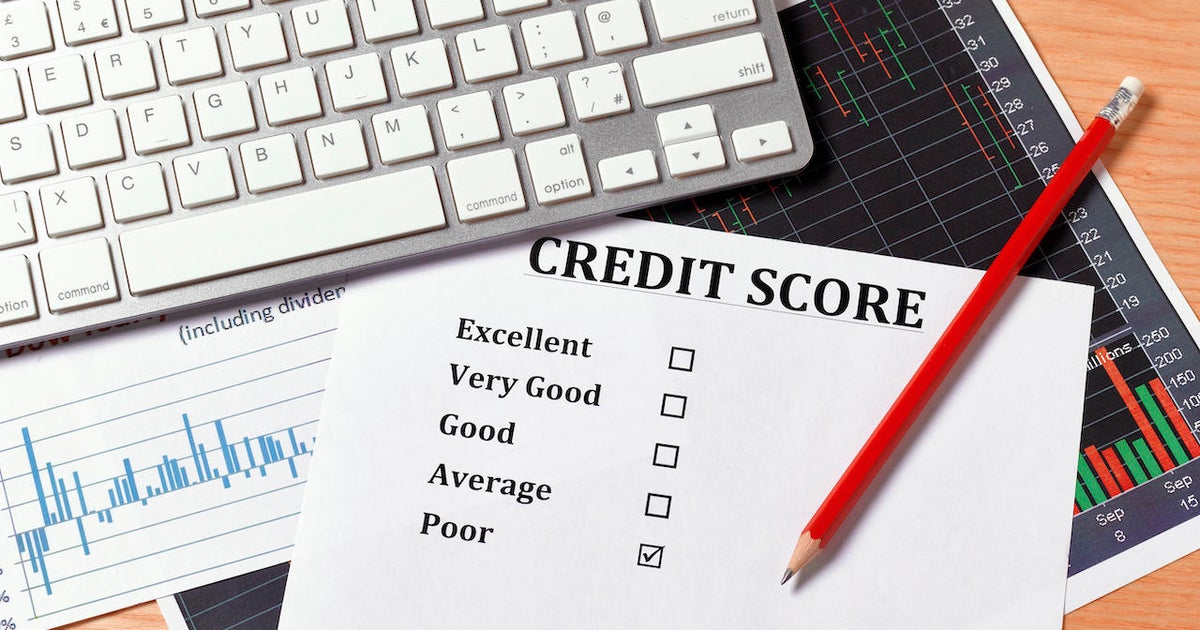Peter Dazeley/Getty Images
If you’re considering taking out a loan or a credit card — or just looking to get better interest rates in general — your credit score will almost always come into play. Checking your credit can help you learn more about your financial well-being and what you may be eligible for.
You can use several different resources to check your credit score, including a credit agency, account statement, credit reporting service, or nonprofit credit counselor. There are also several online tools already available to calculate the numbers for you.
Your credit score can determine your ability to finance major life goals, like owning a home or attending college. This can influence whether you will be approved for credit cards, car loans or mortgages and the interest rates and terms that lenders give you. Employers, insurers and landlords may also refer to your credit score when assessing whether you are financially responsible and trustworthy.
It is important to understand your credit score, what it means and what factors influence it. Here’s everything you need to know.
How do you check your credit score?
There are several ways to check your credit score. In fact, there are at least four, According to the Consumer Financial Protection Bureau:
- Check your bank, credit card or loan statement. Many financial institutions offer free credit scores to their customers. You can often find your score on your monthly statement or by logging into your online account. You may need to register for the service to receive your scores.
- Use a free credit score service. Make sure you understand a company’s terms and conditions before signing up for their credit score service. While some scoring services offer free credit scores, others only provide scores to customers who pay monthly fees for their credit monitoring services.
- Buy credit scores from a credit bureau or other provider. You can buy credit scores from any of the three major credit reporting agencies – Equifax, Experian and TransUnion. Your scores are also available through other paid providers, such as FICO and VantageScore.
- Consult a nonprofit counselor. Credit counselors can often give you your free credit report and score and go over the details with you. The National Credit Counseling Foundation is a valuable resource for finding a credit counselor in your area.
Checking your credit score is actually easier than you think. With FICO, you can get a report from up to three credit bureaus or get a plan that helps you monitor your score regularly.
What does your credit rating tell you?
When you receive your credit score, keep in mind that there are many credit score patterns and therefore you probably have multiple credit scores as well.
FICO and VantageScore are two widely used scoring models, but these scores break down even further. According to Debt.comthere are at least 16 different FICO credit scores and many of them are industry specific.
Your credit score may vary by site or office. Try not to pay too much attention to the exact credit score number. Instead, focus on the credit range your score falls in, as this lets you know where your credit is and whether it’s bad, fair, good, very good, or exceptional.
Understanding Your Credit Score
Here are some benchmarks to help you better understand your credit score.
A good FICO score is between 670 and 739, while a good VantageScore is between 720 and 780. Conversely, a FICO credit score is considered fair or bad if it falls below 670. In this sense, a VantageScore between 658 and 719 is fair, and scores of 600 or less are considered poor or very poor.
Credit score brackets
- Poor:
- Fair: 580-669
- Good: 670-739
- Very good: 740-799
- Outstanding: 800+
- Very low: 300-600
- Poor: 601-657
- Fair: 658-719
- Good: 720-780
- Excellent: 781-850
Generally, if your credit score is good or better, you have a better chance of qualifying for credit products with favorable terms and interest rates. Lower scores generally make it harder to qualify for loans and credit cards, and you’ll likely pay higher interest rates. As such, you could pay off thousands of additional debts over your lifetime.
If your credit is below average, consider taking steps to improve your credit before applying for new credit.
What factors affect your credit scores?
When you get your credit score, you should also see a list of up to five factors that affect your credit score. The main factors that make up your FICO credit score include the following:
- Payment history: 35% of your credit score
- Amounts due: 30% of your credit score
- Length of credit history: 15% of your credit score
- Mix of credit types: 10% of your credit score
- New credit: 10% of your credit score
What is hurting your credit rating?
As you can tell from the scoring factors above, certain aspects of your credit history can significantly affect your credit score. The things that hurt your credit the most are:
- Late or missing payments: Making payments on time is one of the best credit habits you can follow because your payment history makes up the largest percentage of your credit score. According to FICOmissing even one payment can drop your credit score by up to 180 points, depending on the length of the late payment and your credit history.
- High debt balances: Your credit utilization percentage – the amount of your available credit that you use – is up to 30% of your credit score. A rule of thumb is to keep your credit utilization rate below 30%. The lower, the better.
- Negative account information: Certain information in your credit file can have a significant impact on your credit score for years. Bankruptcies, foreclosures, repossessions, charge-offs, and settled accounts are examples of negative account information that could stay on your credit report for up to seven years or more.


